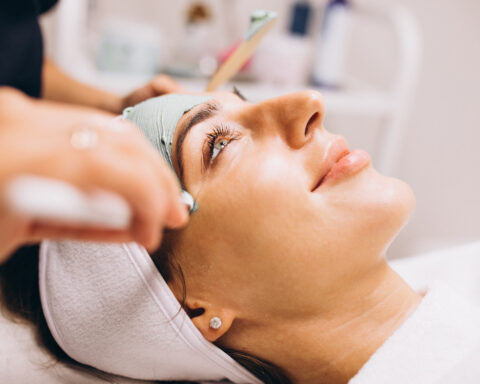If you have patches of darker pigmentation on your face, know that you are not alone! While completely removing signs of hyperpigmentation can be challenging, there are steps you can take to reduce or prevent brown spots, blotchy skin, and rough skin texture, which can help your skin look younger for longer.
Please continue reading to learn about:
Understanding Hyperpigmentation: Causes, Treatment, and Prevention Tips
Everyone’s skin contains pigmentation. Pigmentation refers to the coloring or pigments of our skin, which are produced in cells called melanocytes found in the stratum basale layer of the epidermis.
Melanin is one of the pigments produced by these cells. Its primary function is to protect the skin from UV damage. However, when the melanocytes become damaged or unhealthy, the production of melanin increases, resulting in hyperpigmentation.
Hyperpigmentation occurs when certain areas of the skin appear darker than others. It is a relatively common skin problem that can affect people of all skin types. In rare cases, it can appear in small patches, cover larger areas, or even affect the entire body.
Types of Hyperpigmentation
Melasma, sunspots, and post-inflammatory hyperpigmentation are the most common types of hyperpigmentation.
Melasma is thought to be caused by hormonal changes and can manifest during pregnancy. Hyperpigmentation can occur anywhere on the body, but it is most commonly seen on the stomach and face.
Sunspots, also known as liver spots or solar lentigines, are fairly common and are caused by excessive sun exposure over time. They typically appear as spots on sun-exposed areas such as the hands and face.
Post-inflammatory hyperpigmentation: This type of hyperpigmentation is caused by skin injury or inflammation. Acne is a common cause of post-inflammatory hyperpigmentation.
Preventing Hyperpigmentation
Although not all causes of hyperpigmentation can be avoided, there are steps you can take to reduce your chances of developing hyperpigmentation:
Stay out of direct sunlight.
Avoid being out in the sun between 10 a.m. and 2 p.m. The priority to prevent hyperpigmentation from worsening is to apply SPF30 or higher sunscreen every day, even on cloudy days. This is especially important for younger women, as most sun damage occurs early in life, and regular sunscreen use can help them avoid hyperpigmentation. Other common sense sun avoidance strategies include:
• Seeking shade on bright, sunny days.
• Wearing a broad-brimmed hat.
• Avoiding tanning salons.
Include Vitamin C in your beauty regimen.
Vitamin C is a nutrient-rich antioxidant known for its powerful skin-brightening and anti-aging properties, as well as its ability to neutralize free radicals and limit the damage caused by excessive sun exposure. Skin-lightening creams or topical medications containing ingredients such as hydroquinone, kojic acid, or soy can help prevent the release of pigmentation and, over time, even out skin tone.
Exfoliation is another effective method. It can be accomplished with retinoids, microdermabrasion, or chemical peels, and aids in removing pigmented skin. This helps exfoliate the skin, and when the skin renews itself, blotchy and uneven patches are transformed into brighter and more evenly toned skin.
Laser/Light Therapy is also a popular option. Laser therapies work by specifically targeting excess pigment. When laser light penetrates the skin and is absorbed by the pigment, the dark pigment is broken into tiny fragments. The pigmented patches are then either taken away by immune cells or ingested by them, and ultimately expelled from the body.
“You can take additional preventive steps to reduce the onset of future dark spots in addition to therapy and sun protection. Avoid harsh skin products as they might exacerbate or even lead to hyperpigmentation; always use gentle skincare products.”






